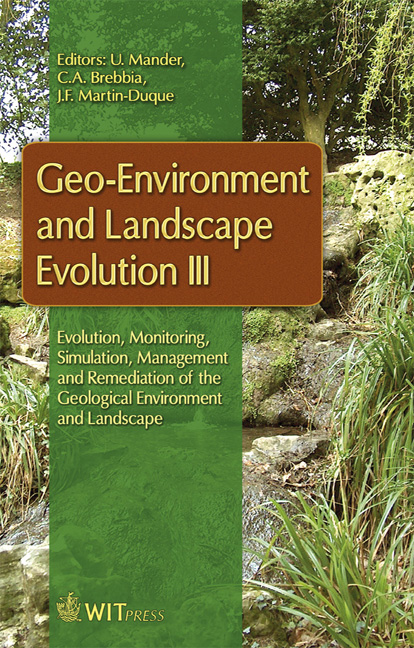The Potential Impact Of Agricultural Management Change On Soil Restoration Of The Cereal-growing Regions Of Central Spain
Price
Free (open access)
Transaction
Volume
100
Pages
10
Page Range
37 - 46
Published
2008
Size
580 kb
Paper DOI
10.2495/GEO080041
Copyright
WIT Press
Author(s)
D. L. Boellstorff
Abstract
Practices that restore degraded agricultural soils are important for improving overall environmental quality. In order to implement best practices that maintain agricultural productivity and in the process restore soils and environmental quality, there needs to be better understanding of how soil management affects soil factors associated with and leading to soil degradation and desertification. This study presents new information about how agricultural land management changes affect soil restoration and SOC levels for cereal-growing regions of central Spain. The results show extensification of agricultural practices using long term pasture rotations (e.g. 5-year) may improve soil degradation via the restoration of SOC levels. Keywords: soil restoration, crop rotation, soil organic carbon, semi-arid, Mediterranean, carbon sequestration. 1 Introduction Cropland agriculture comprises a significant percentage of the world’s arid and semi-arid regions. In these areas, the precipitation limitations, climate variability and anthropogenic factors can lead to soils being vulnerable to degradation and desertification. Soil degradation can be defined as the loss of productivity or utility resulting from natural or anthropogenic factors (Lal [16]; Lal et al. [20]) and generally results from a set of interconnected processes, each often categorized as being mainly a physical, chemical or biological soil process. The factors that affect the level of degradation in semi-arid cereal-cultivated central
Keywords
soil restoration, crop rotation, soil organic carbon, semi-arid, Mediterranean, carbon sequestration.





